Australian Tropical Rainforest Plants - Online edition
Tetrameles nudiflora R.Br.

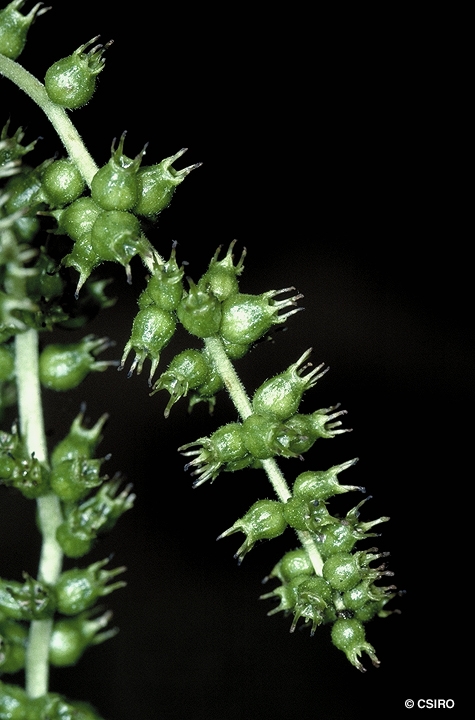
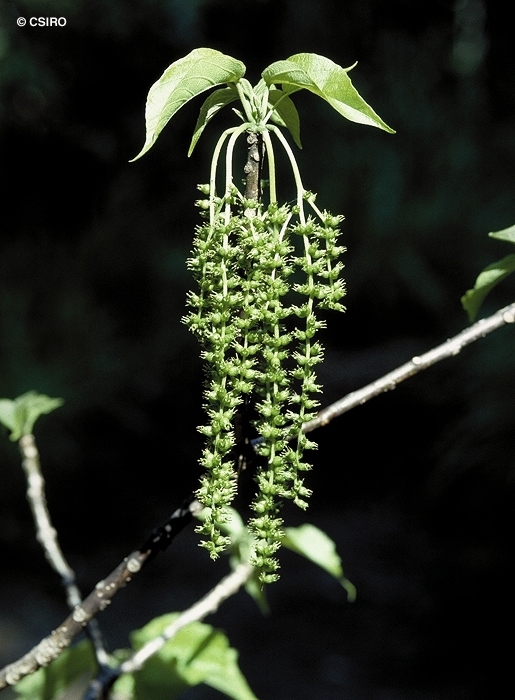
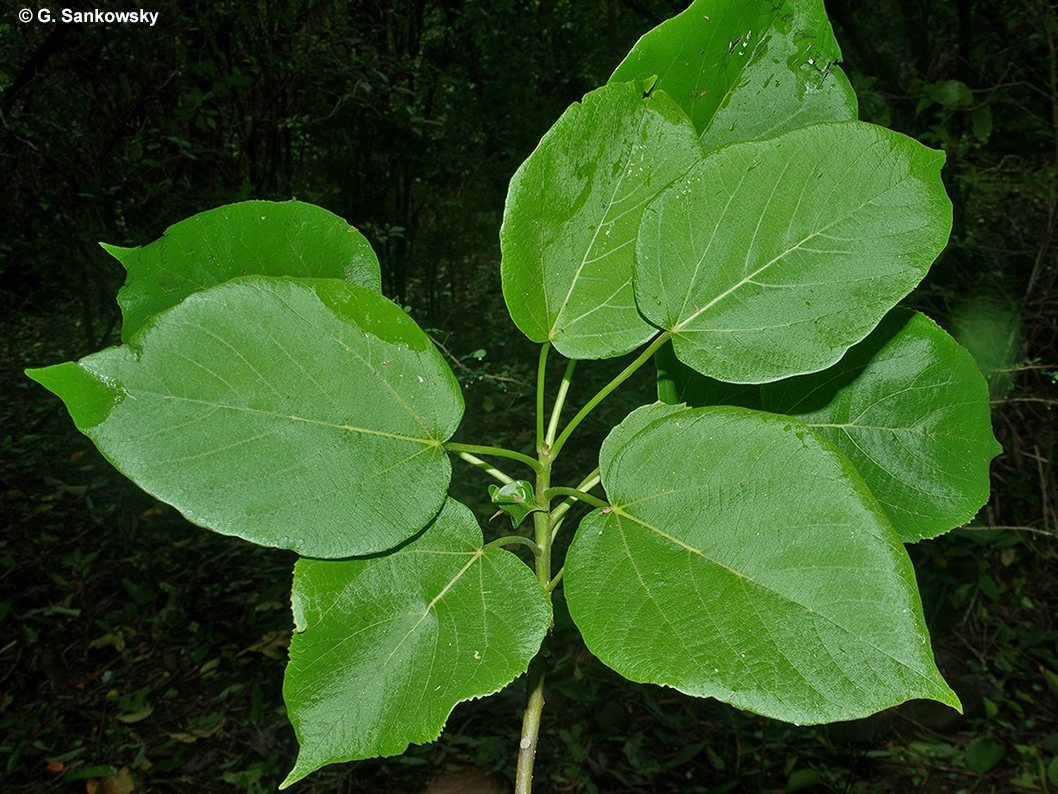
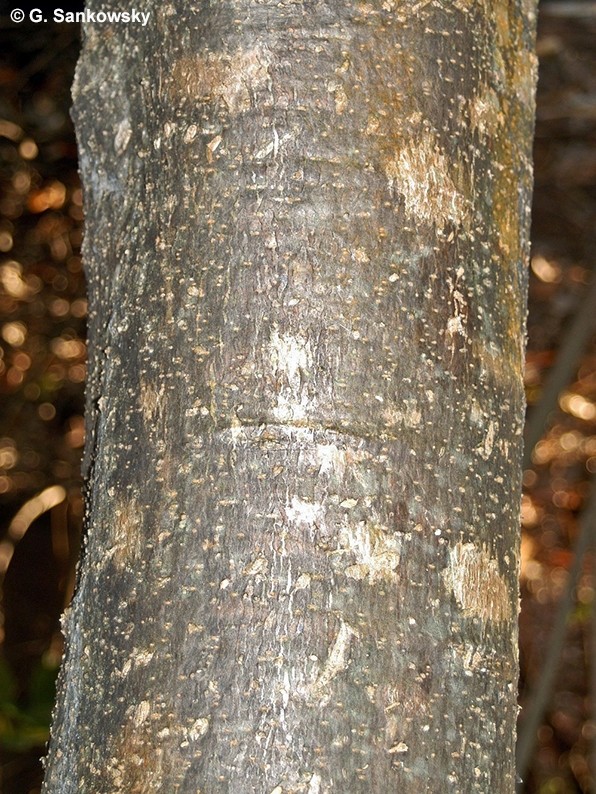

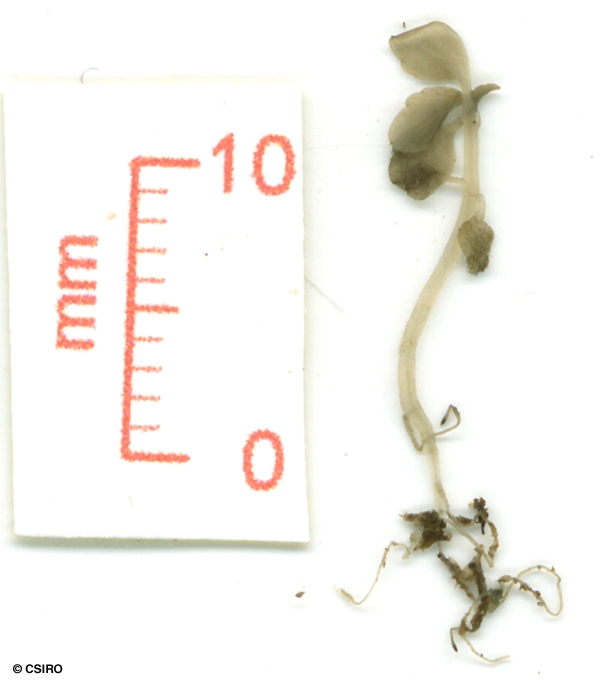
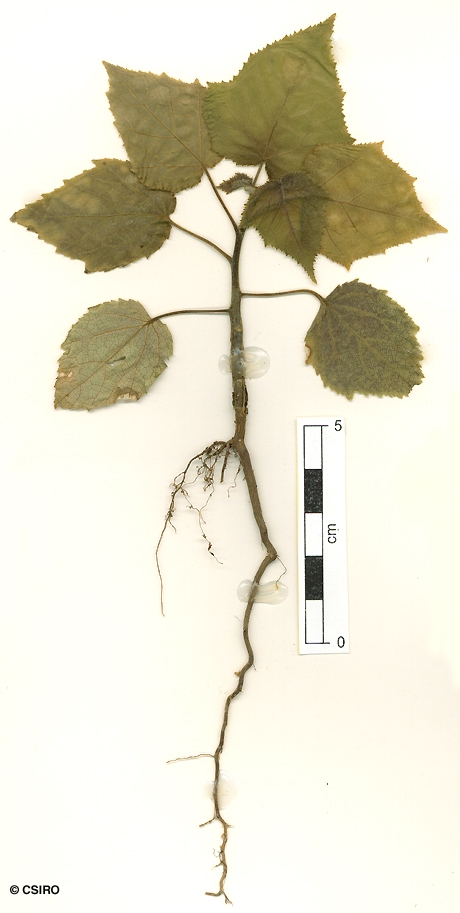
Brown, R. (1844) Plantae Javanicae Rariores : 79. Type: Java, Herb. Horsf.; holo: BM. Fide Stanley (1982).
Kajoolaboo; Binong; Gangganan; Tetrameles
Inflorescence about 8-20 cm long, usually produced when the tree is leafless. Male flowers pedicellate, pedicel to 1 mm long. Perianth about 1.5-3.5 mm long, deeply 4-lobed on male flowers. Staminal filaments about 0.5-3.5 mm long. Styles about 1-2.5 mm long. Female flowers sessile.
Cotyledons orbicular to ovate, about 1-2 mm long, hairy on the upper surface. At the tenth leaf stage: leaf blade ovate to cordate, apex acute to acuminate, base cordate, margin irregularly lobed and serrate, hairy on the upper surface; petiole, stem and terminal bud hairy. Seed germination time 28 days.
Widespread in CYP. Altitudinal range from near sea level to about 500 m. Grows in monsoon forest and drier rain forest but also found in well developed gallery forest on creek and river flats. Also occurs in Asia and Malesia.
This species grows as a large tree, particularly in the gallery forests of Cape York Peninsula. Large trees are frequently hollow or have hollow branches and these are often the nesting sites for Eclectus Parrots.





